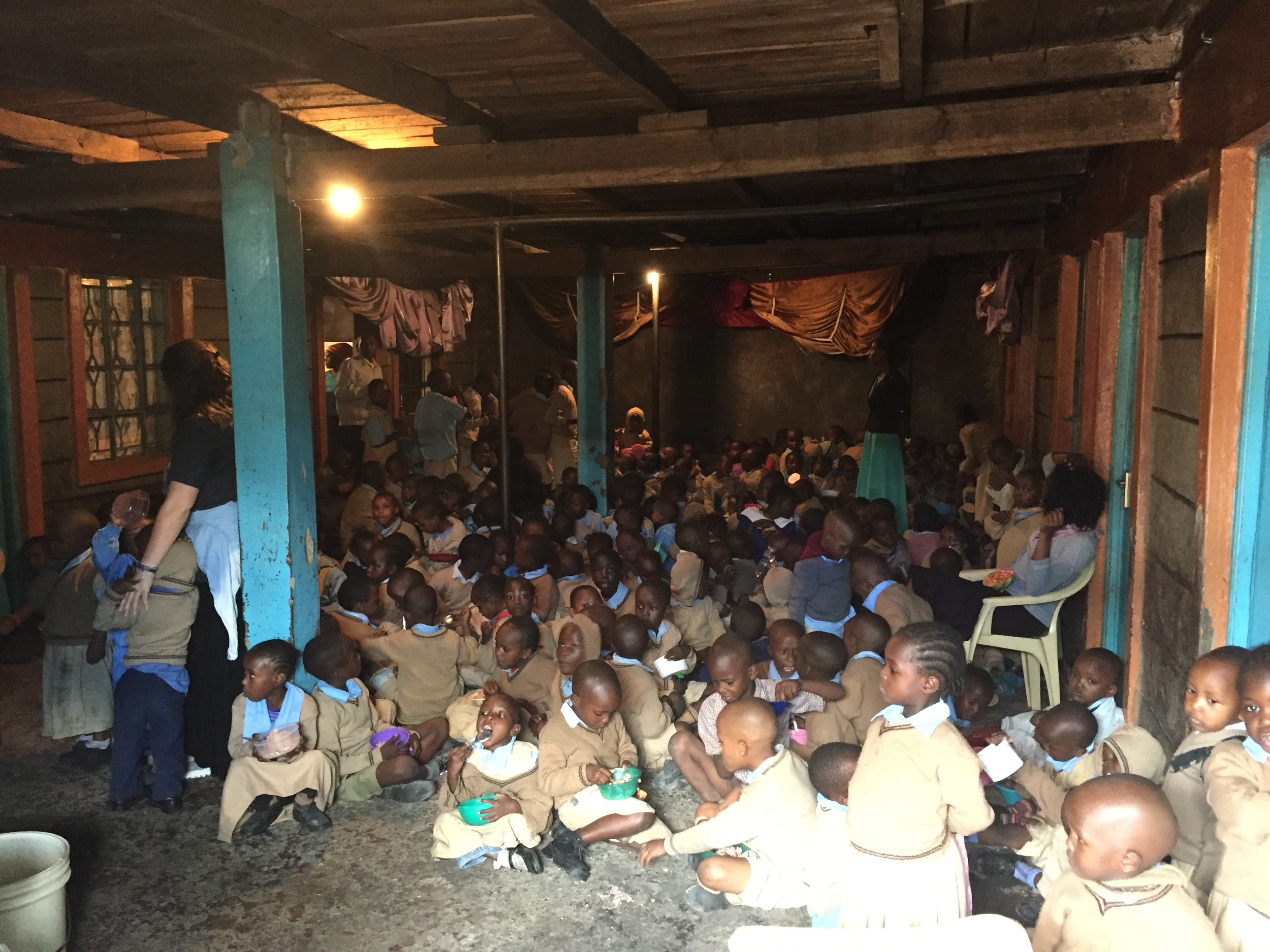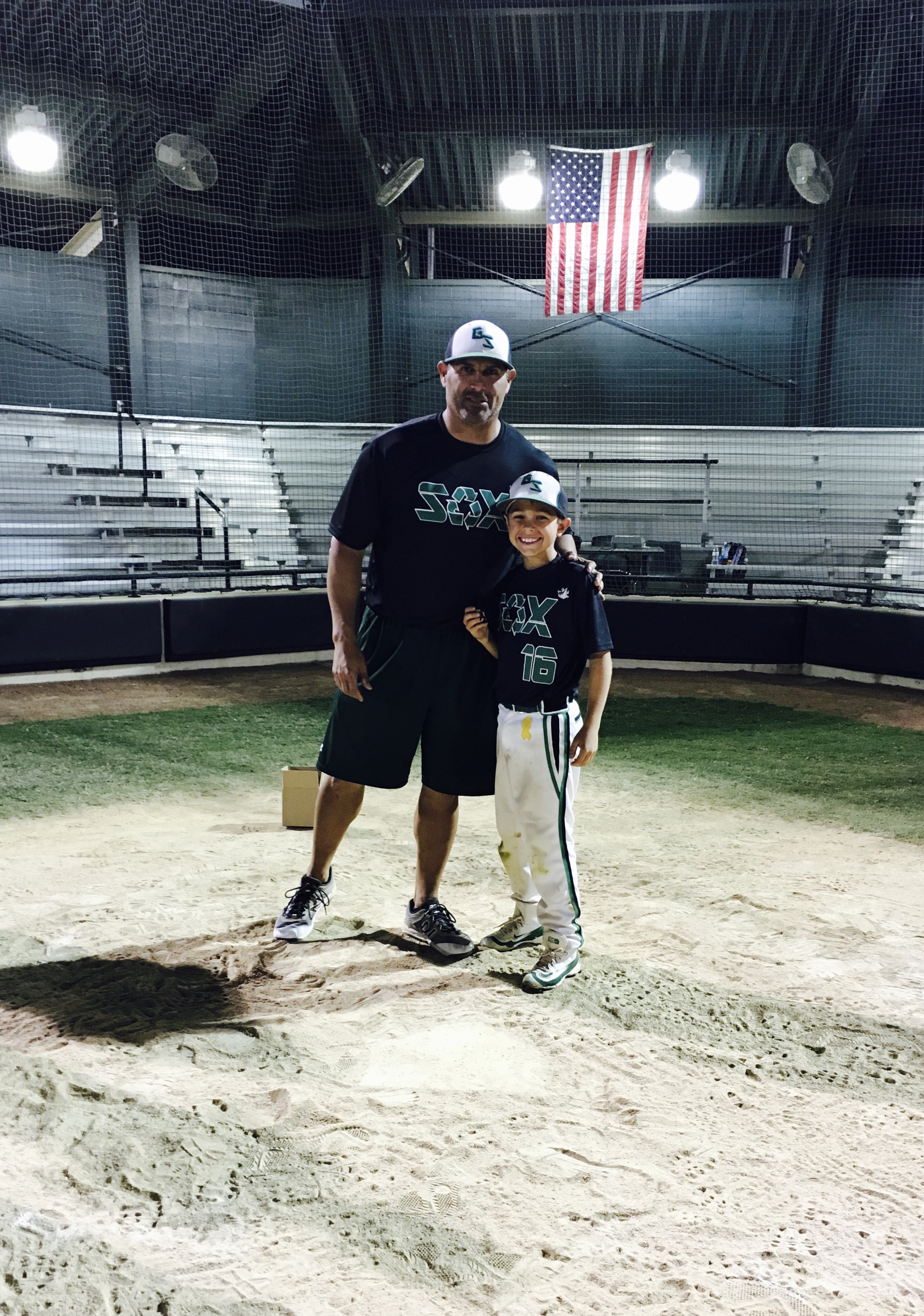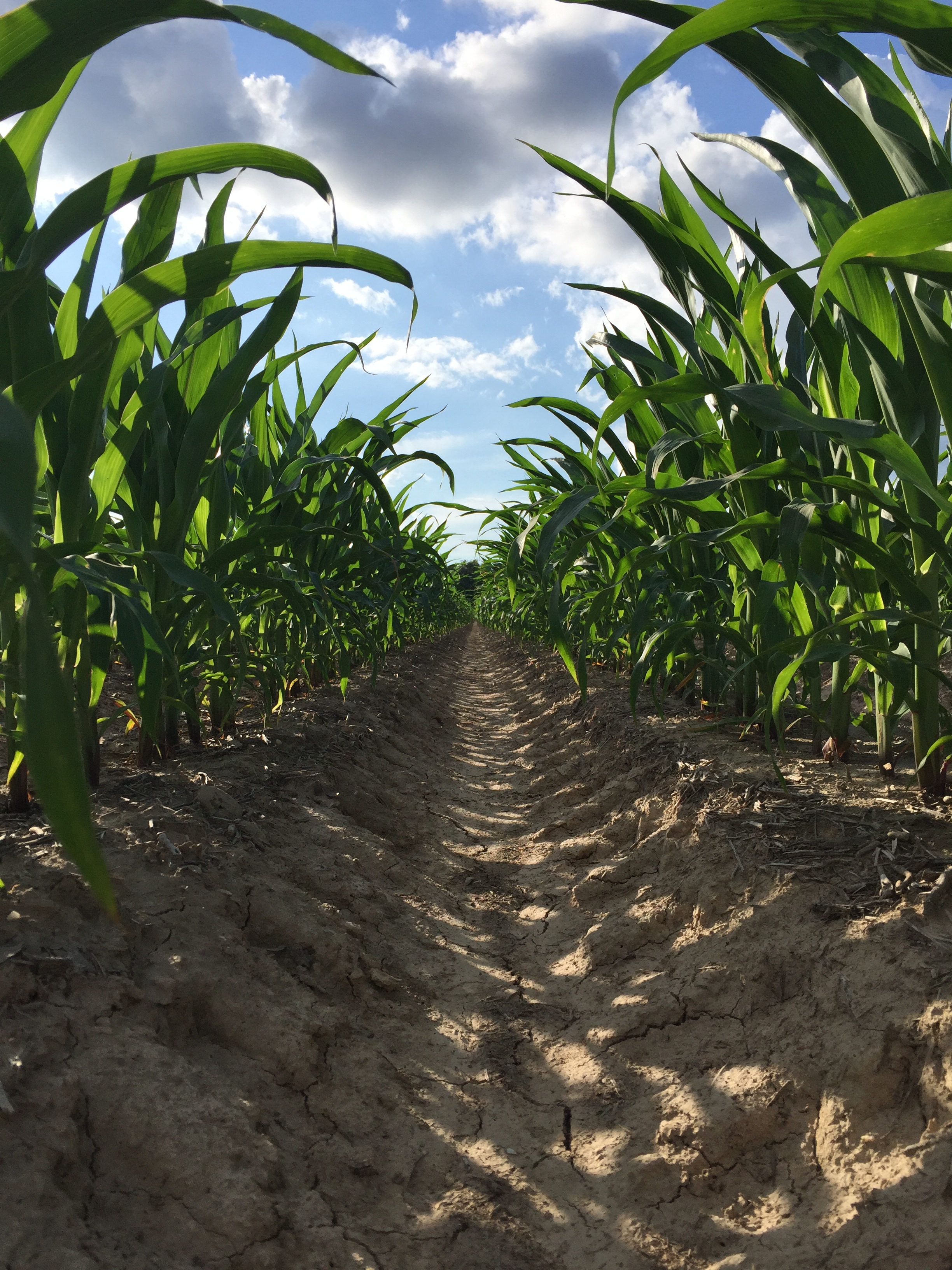Agriculture graduate student from West Texas A&M Univeristy, Zahra Shihabuddin, joins us to learn more about our mission at Connecting City to Farm. We are thrilled to have her as part of our team!
Zahra grew up in Mombasa, Kenya then her path led to pursue a college education in Canyon, Texas. At WTAMU she earned a Bachelors degree in Plant, Soil, and Environmental Science, and is currently working toward her Masters degree in the same field of study at the same university. Her exposures at WTAMU have been so inspiring and rewarding that she states, "being part of the agriculture community is one of the best decisions I have made in my life."
She's passionate about the agriculture community, knowing that the world's population depends on their work. Zahra wrote an essay expressing her analysis and research on GMOs. Having close ties to developing countries, Zahra has seen hunger and poverty in different ways than many Americans. She sees great value in genetic modifications motivated by her knowledge of the significant hunger problems our world faces. We're intrigued by her experiences, perspective and enthusiasm for the monumental task of feeding our planet's growing population, and wanted to pass along her conclusions to you.
Welcome, Zahra! We're grateful to know you! You are a bright spot in the future of agriculture.
Zahra in the AgriLife research plots at West Texas A&M University.
Why are GMO’s important to you?
By: Zahra Hafidh Shihabuddin
GMO is an acronym for genetically modified organisms, according to University of California, San Diego, “When a gene from one organism is purposely moved to improve or change another organism in a laboratory, it is also sometimes called “transgenic” for transfer of genes,” this is done to develop plants that are insect, draught and freeze resistant and or tolerant. Furthermore, these plants’ produce are made to be of the best nutritional value for us (the consumers), farmers around the world work extremely hard to ensure that we have a constant and sufficient food supply all year round.
There is a direct relationship between genetically modified food and the world’s growing population. It is important to recognize that the rapid increase of people translates to a more rapid demand for food, fiber and feed considering the significant decrease in arable land.
According to Leaver’s presentation (2014), FAO, World Bank Statistics show in 1960, approximately 2.5acres was sufficient to feed two people; 45 years later the same amount of land could feed four people, “As a result 1 in 6 of the world’s population, is hungry today, and we have to increase food production by 70-100% by 2050”. In addition, it is foreseen that, in the next 25 years the same land will feed five people and also the world will have 9 billion people at the same time (Leaver, 2014).
Genetically modified food is important to us because a small portion of land can produce a large amount of food given the appropriate environment. However, the trending question remains “What is the difference between genetically modified food and organic food?” According to USDA (2016), organic food should be grown avoiding most synthetic materials for instance, pesticides and antibiotics using agricultural methods that conserve the environment. This does not mean that no pesticides are used! Genetically modified food is grown using synthetic pesticides, but it is important to remember that all pesticides are regulated and will not pose a threat to human health. Pesticides are used to protect our crops from insects and weed pressure, they have a time frame in which the toxicity reduces and disappears. Genetically modified food and organic food do not have much difference except that organic food is more labor intensive, not economical at large scale and the quality of the product is not assured juxtaposed to GM food.
Another thing to consider while obsessing over organic products is being aware of what is actually genetically modified and in the market. Many companies take advantage of buyers who perceive organic products as “safer” and “healthier”. An example from a study done by genetic literacy project, “a search of avocado oils from AvoHaus showed a 250 ml bottle of organic non-GMO Project certified avocado oil was $15, while a conventional extra-virgin avocado oil bottle of the same size was $12.50. An 8 oz. bottle of Non-GMO Project avocado oil was selling for $12.75, while a conventional bottle of avocado oil was selling for $7.35 for 17 oz.—interestingly there are no GMO avocados” (Porterfield, 2016).
In conclusion, genetically modified food is produced for the benefit of the growing population, to ensure that everyone has sufficient nutritional food. This is the same for organic agriculture however considering the cost, labor and time it takes to produce organically in contrast to genetically modified is a decision we must be vigilant in making.
References
- "GMO." GMO. University of California San Diego, n.d. Web. 23 Aug. 2016.
- Leaver, Chris. "The Challenge of Achieving Food Security and Sustainability For Nine Billion." LinkedIn Slide Share. 12 Feb. 2014. Web. 23 Aug. 2016.
- "Organic Agriculture." U.S. Department of Agriculture. N.p., 02 June 2016. Web. 23 Aug. 2016.
- Porterfield, Andrew. "Differences between Non-GMO and Organic: More Profits for Farmer, More Costs for Consumers | Genetic Literacy Project." Genetic Literacy Project. N.p., 27 Apr. 2016. Web. 23 Aug. 2016.
- "World Population Growth Charts --- MORE Than Exponential." World Population Growth Charts --- MORE Than Exponential. N.p., n.d. Web. 23 Aug. 2016.



















































































